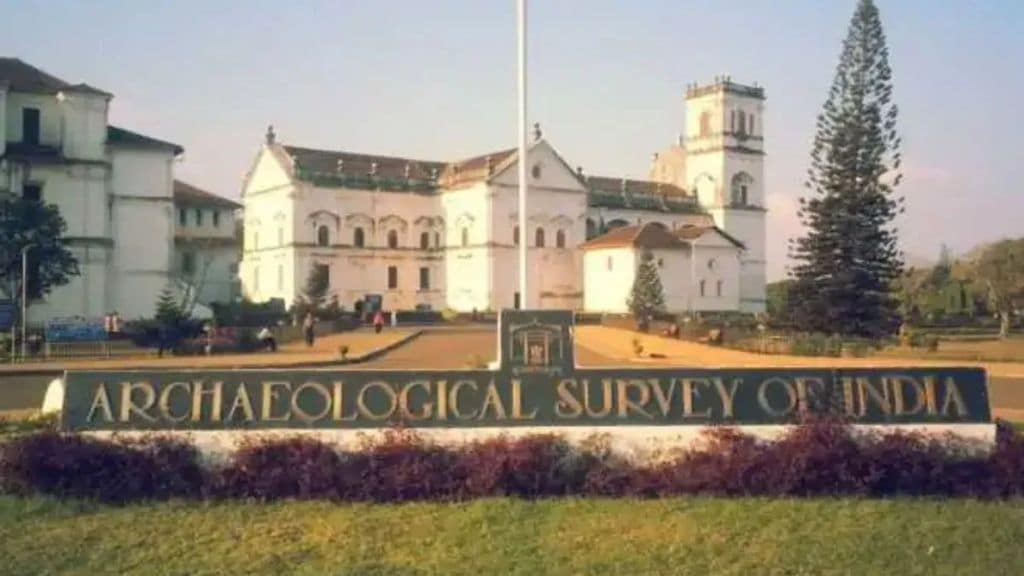In a move marking the first large-scale exercise in decades, the Archaeological Survey of India (ASI) has unveiled plans to remove 18 centrally protected monuments from its roster, citing their diminished national significance. This initiative stems from a list of 24 “untraceable” monuments identified by the Union Ministry of Culture, which was submitted to a parliamentary committee last year.
Among the monuments slated for delisting are notable sites such as Kos Minar No.13 in Haryana, BaraKhamba Cemetery in Delhi, Gunner Burkill’s Tomb in Jhansi, Cemetery at Gaughat in Lucknow, and Telia Nala Buddhist ruins in Varanasi, Uttar Pradesh. Delisting these monuments effectively absolves the central agency from the responsibility of their protection, allowing for regular construction and urban development activities in their vicinity.
Presently, the ASI oversees 3,693 monuments, a number set to decrease to 3,675 after the completion of the delisting process in the coming weeks. According to an official gazette notification dated March 8, published recently, the ASI has invoked Section 35 of the Ancient Monuments and Archaeological Sites and Remains Act, 1958 (AMASR Act) to initiate the delisting procedure, asserting that these monuments “have ceased to be of national importance.” The notification invites objections or suggestions from the public within two months, as per the provisions of the AMASR Act. Monuments of national importance, as stipulated by the act, are meant to be conserved and maintained by the ASI as crucial historical and cultural sites, with construction activities prohibited in their vicinity.
Last year, the Ministry of Culture informed Parliament that 50 out of India’s 3,693 centrally protected monuments were missing. This disclosure was part of a report submitted to the Parliamentary Standing Committee on Transport, Tourism, and Culture, titled ‘Issues relating to Untraceable Monuments and Protection of Monuments in India.’ Among the missing monuments were 11 in Uttar Pradesh, two each in Delhi and Haryana, as well as others in Assam, West Bengal, Arunachal Pradesh, and Uttarakhand. According to the ASI, 14 of these missing monuments fell victim to rapid urbanization, 12 were submerged due to reservoirs or dams, while 24 remain untraceable. The 18 monuments earmarked for delisting are drawn from the latter category of untraceable monuments.
This decision follows the Comptroller and Auditor General’s declaration in 2013 that 92 monuments were “missing” after a comprehensive physical verification exercise. Out of these, 42 were subsequently identified, leaving 50 still unaccounted for, with reasons ranging from urbanization to submersion by reservoirs. The move to delist these 18 monuments comes after the parliamentary panel’s recommendation to rationalize and categorize ASI-protected sites based on their national significance, unique architectural value, and specific heritage content. This underscores ongoing efforts to streamline the management and preservation of India’s rich cultural heritage.
(With inputs from PTI)


